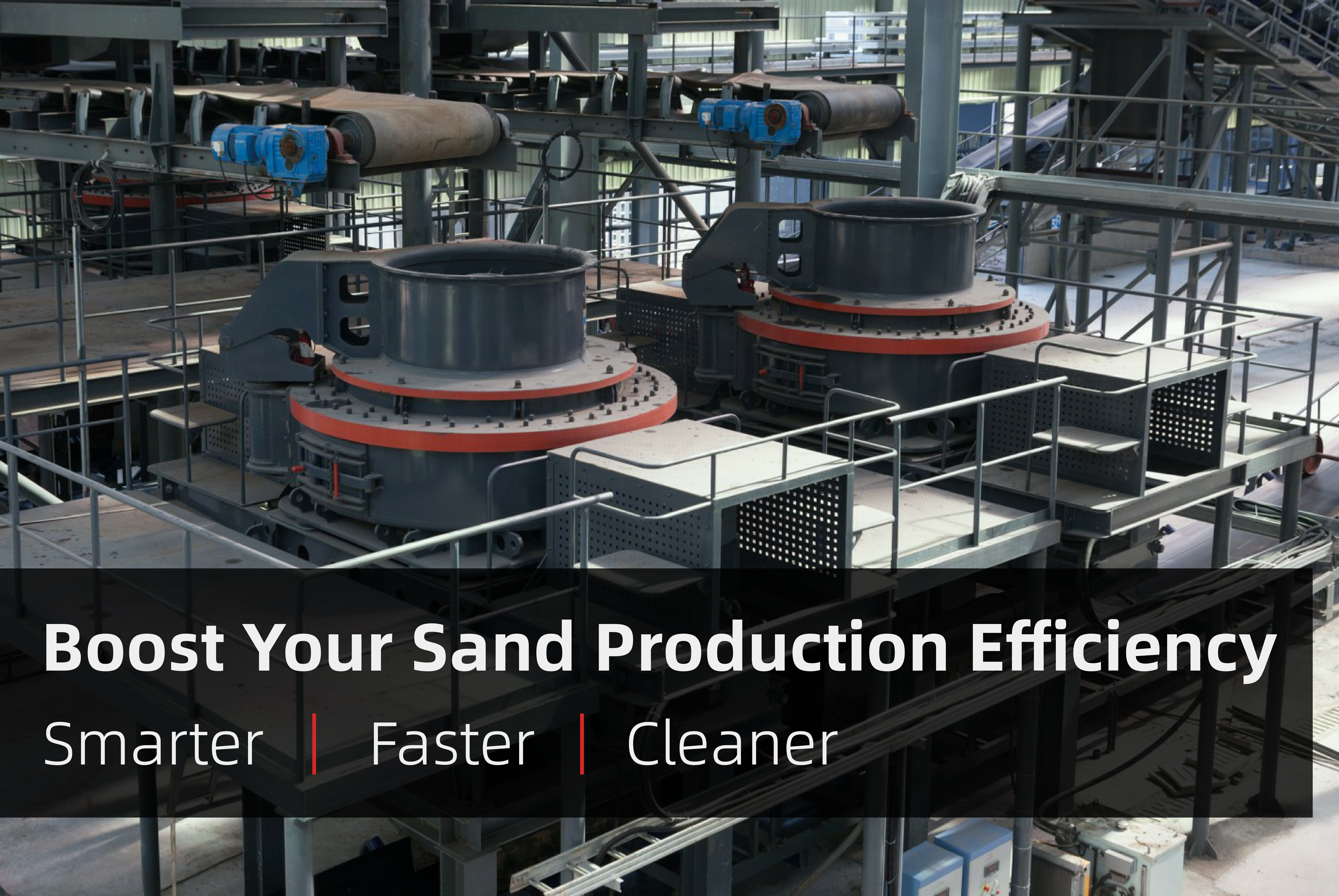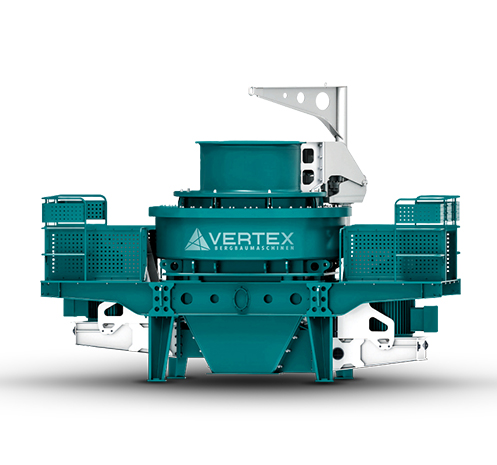
In today’s competitive construction and mining industries, the demand for high-quality manufactured sand is increasing rapidly. To meet this demand, aggregate producers must optimize their production lines with efficient, durable, and technologically advanced equipment. Among these, the sand making machine plays a crucial role. More than just a tool for crushing rock into fine particles, it’s a powerhouse that can significantly enhance aggregate production efficiency — when selected and used correctly.
The sand making machine is a vital component in modern aggregate production lines, playing a key role in converting raw rock materials — such as granite, basalt, or limestone — into finely graded manufactured sand suitable for concrete, asphalt, and other construction applications.
A typical production line begins with a jaw or cone crusher reducing large rocks into medium-sized aggregates. These then enter the sand making machine, where the real transformation begins. Inside the sand making machine, high-speed rotors accelerate the material and project it against a crushing chamber (or anvils), breaking it down through repeated impact and friction. This impact-based reduction method ensures fine, uniform particles with improved shape and gradation.
Advanced models (such as vertical shaft impact crushers, or VSI) allow operators to adjust rotor speed and crushing chamber configurations, giving precise control over output size and quality. Once crushed, the material is screened by vibrating screens, separating usable sand from oversized fragments, which can be recirculated for further processing.
What makes this process efficient is not only the machine’s capacity but also how well it integrates with upstream feeders and downstream screening and conveying equipment. A well-configured sand making system minimizes wastage, enhances material consistency, and ensures high throughput — all of which are fundamental to a cost-effective, high-performance operation.
Efficiency in aggregate production is measured by more than just ton-per-hour output. A high-quality sand making machine influences several critical metrics, such as:
Modern machines can achieve sand yields of over 70–80%, with minimal recirculation, thanks to advanced rotor design and optimized crushing chambers. This directly reduces power usage and wear costs. Furthermore, achieving consistent particle shapes and sizes improves the quality of downstream products like concrete or asphalt — reducing additional screening or washing steps.
Today’s leading sand making machines incorporate a range of advanced features aimed at performance optimization:
Machines like the vertical shaft impact crusher (VSI) or HVI series sand makers exemplify this technology leap. Compared to older hammer mills or roller crushers, these machines deliver higher crushing efficiency, better sand quality, and lower operating costs over time.
Not all raw materials are created equal. The efficiency of a sand making machine is closely tied to the type of material being processed. For instance:
Selecting the right type of sand making machine for your feed material is critical. For example, VSI crushers are ideal for medium to hard stones, while horizontal shaft impact crushers may perform better with softer materials. The wrong choice can lead to high wear costs, low output, and inconsistent sand quality.

A frequently overlooked aspect of aggregate production is the total energy cost per ton of finished sand. Older sand making machines are notorious for high power draw and frequent downtime due to wear part replacement. In contrast, modern models emphasize:
Investing in a modern sand making machine may involve a higher upfront cost, but the long-term ROI is compelling. With reduced power consumption, fewer unplanned shutdowns, and longer wear life, producers can achieve predictable and cost-effective operation.
No sand making machine operates in isolation. Its performance is directly impacted by how well it’s integrated into the broader aggregate processing system, particularly:
Optimizing the interaction between the sand maker and the mesh vibrating screen can improve particle control and minimize reprocessing. A synchronized system reduces energy usage, avoids over-crushing, and ensures a smooth material flow from start to finish — ultimately maximizing aggregate production efficiency.
A sand making machine is far more than a crusher — it is a cornerstone of a well-optimized aggregate production process. By understanding its role, selecting the right model for your materials, and integrating it properly into your processing line, producers can achieve substantial gains in efficiency, cost savings, and product quality.
For companies looking to stay ahead in today’s competitive materials industry, investing in the right sand making solution is not just an option — it’s a strategic necessity.